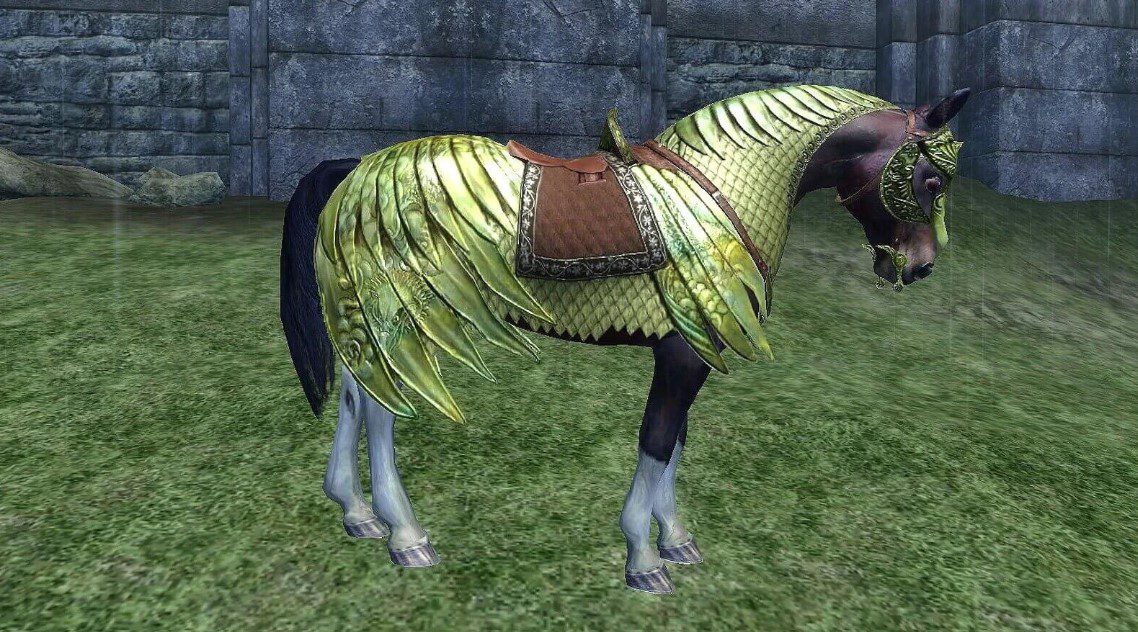Since the emergence of gaming as a whole, microtransactions have always existed in some form or another.
Elder Scrolls IV from 2006 was the first game to include the mechanism in its current version.
Since then, developers like EA have included it heavily in their games and even altered them to use this mechanism.
Microtransactions are still around, even if they are less bothersome than they once were, and studios and many games have destroyed themselves by following this trend.
There will always be debate over this aspect of gaming, whether a game uses this economic model or not.
Microtransactions, often known as mtx, enable consumers to buy virtual goods with actual money. This mechanism is typically used in free-to-play games as a secondary revenue stream.
No gaming platform is exempt from it, and in most cases, this business model just enables you to get cosmetic things that have no actual impact on gameplay.
But users can also sometimes earn goods that provide them an advantage over other players during the game through objects like “loot boxes.”
Numerous popular AAA games, like Overwatch 2 and Call of Duty, heavily utilize this technique.
The popularity of battle royale games like Fortnite and Apex Legends, which make billions of dollars practically annually, has helped to further popularize this economic model.
Given the importance of microtransactions in contemporary gaming, many may be wondering when it all started.
As mentioned before, it’s always been part of the industry in one way or another.
Because of this business strategy, arcade games were lucrative. The levels were developed by the creators to make as much money as possible.
Additionally, one of the few methods to access games back then was through arcades.
Arcade gaming began to decline in popularity by the late ’90s as PCs and consoles entered the scene.
Players were no longer required to visit an arcade to play games because they could now purchase video games and keep them forever.
The cash-grabbing, however, didn’t stop – it only switched to a different media.
One of the most popular games in the early console/PC period, for instance, was Doom. This classic game is a prime illustration of the new form that microtransactions assumed.
The first-person shooter game received more levels as part of a post-release expansion update.
The episode “The Flesh Consumed,” added brand-new levels and was also a part of the Ultimate Doom collection.
Similar method with more material included in a more expensive edition was given to many other games at the time.
However, unlike contemporary games, these levels were only included in special or exclusive editions and could not be bought independently.
As a result, if older gamers wanted to play more, they had to upgrade.
This primitive type of extra paid content paved the way for expansion packs and DLCs as we know them today.
It’s normal practice nowadays to update already-released games with fresh material, which helps increase sales years after the game’s initial release.
Consequently, this is another method by which microtransactions in the game business emerged.
In 2005, Microsoft was the first significant firm to discuss the idea of microtransactions. This concept was promoted as an alternate source of revenue for the developers and publishers.
Microtransactions were first used in Microsoft games by Rare’s Kameo: Elements of Power.
Fans didn’t exactly take to this new economic model as rapidly as one may have anticipated.
However, Microsoft succeeded in demonstrating that microtransactions could be a feature of games, which was its primary objective.
The Elder Scrolls IV by Bethesda was the first significant AAA game to popularize microtransactions.
Surprisingly, the addition of paid downloadable material to the RPG didn’t cause many issues for players. Instead, the cost of this aesthetic item was what worried the fan base.
Many people believed that buying such things wasn’t a bad idea, but they thought the price was outrageous.
Xbox fans also didn’t like how much more expensive the console version of the armor was compared to the PC version.
From here on, the method became more and more widespread with EA being well known for employing it.
The American developer has continued to use similar concepts in games ever since introducing the online store in The Sims 2.
Microtransactions have had an effect on more than just multiplayer games. Numerous single-player games have undergone significant revisions or changes to accommodate microtransactions as well.
The creation of Dead Space 3 by Visceral Games is most likely the best example of this.
The game’s director, Ben Wanat, and publisher Visceral intended to take the series back to its survival horror beginnings.
However, EA had different ideas for the game.
The publisher forced the developer to take a more action-oriented course rather than allowing them to create a survival-focused action-horror game.
Microtransactions in the action game were also attacked by both critics and fans.
The saddest aspect of this, though, is that Visceral received more criticism than EA, even leading to the studio’s closing in 2017.
While it’s clear that microtransactions are not going anywhere, Elden Ring, God of War Ragnarok, and Star Wars Jedi Survivor are just a few of the bigger titles that lack in-game purchases.
Additionally, among a sea of choices, you may always miss the occasional game that is strongly monetized.















Leave a Reply